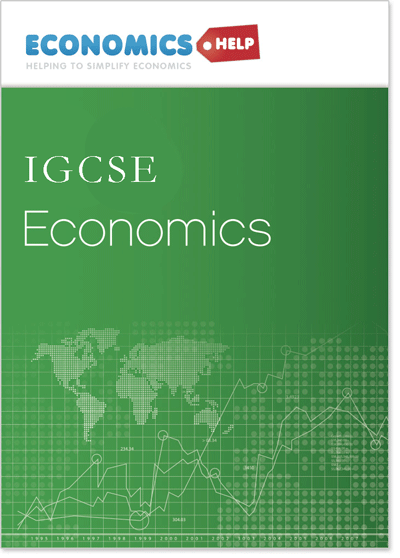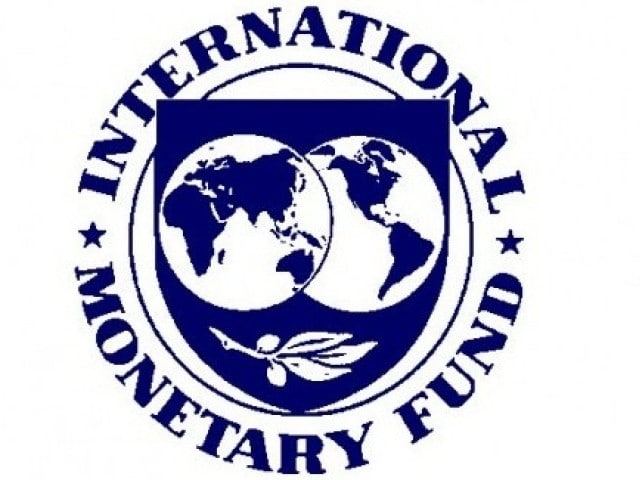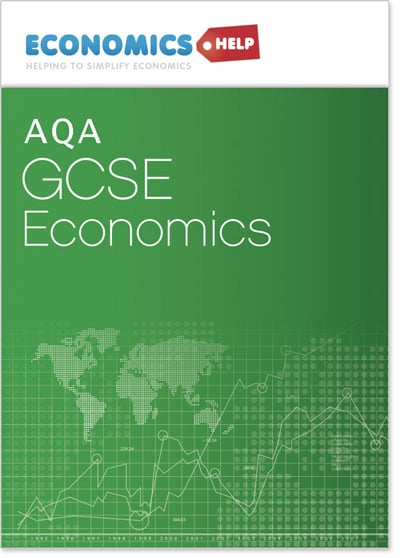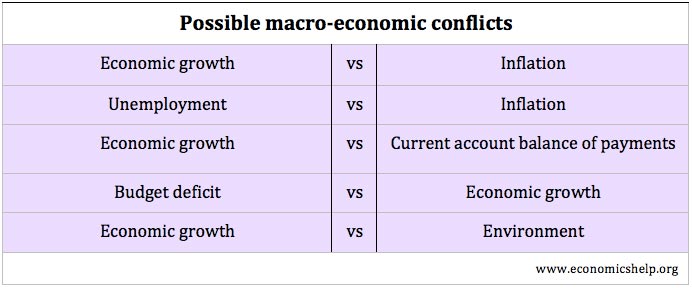IGCSE Revision Guide
- E-Book comes as a pdf and is available immediately after purchase
- Comprehensive list of definitions and coverage of syllabus
- Clear and simplified explanations
- Specifically based on new IGCSE syllabus (0455)
- Designed to help answer potential exam questions
- For Network licence (unlimited distribution within an educational establishment) – £75.00
- 110 pages – 27,000 words
- Sample of GCSE Revision Guide





